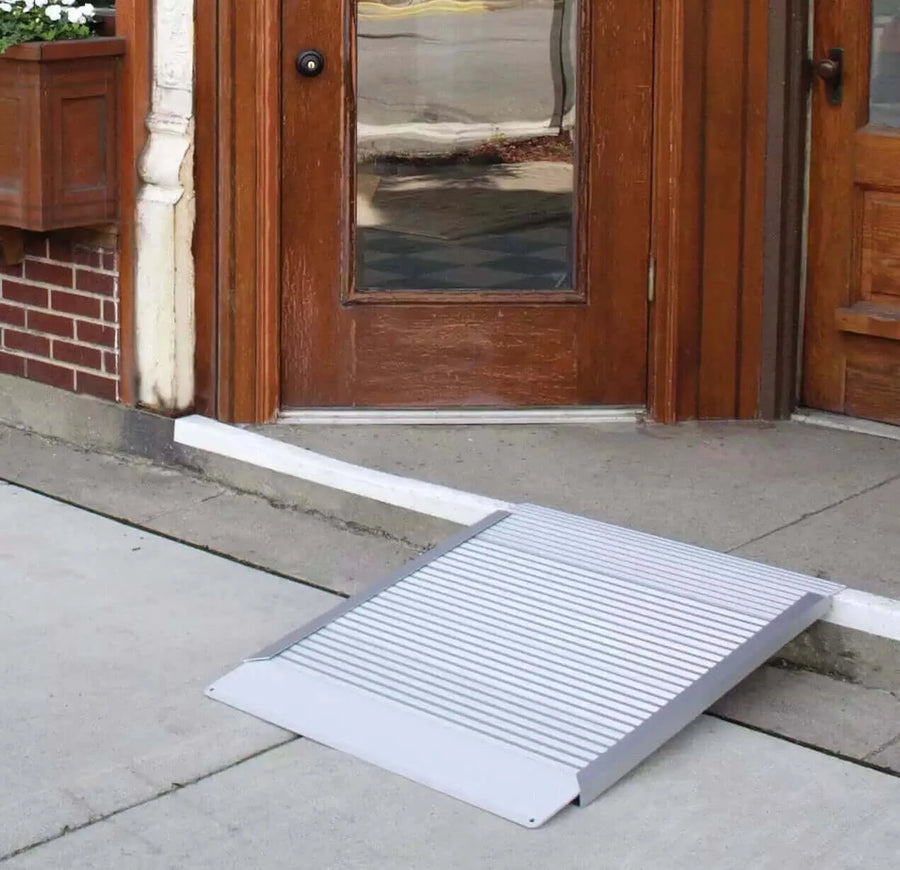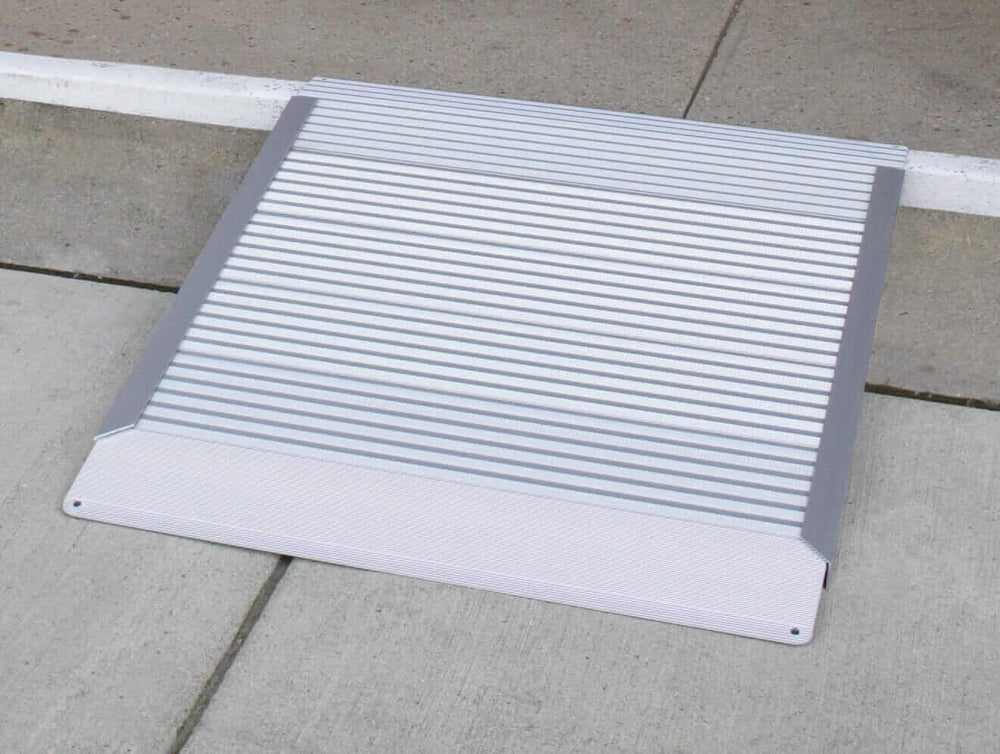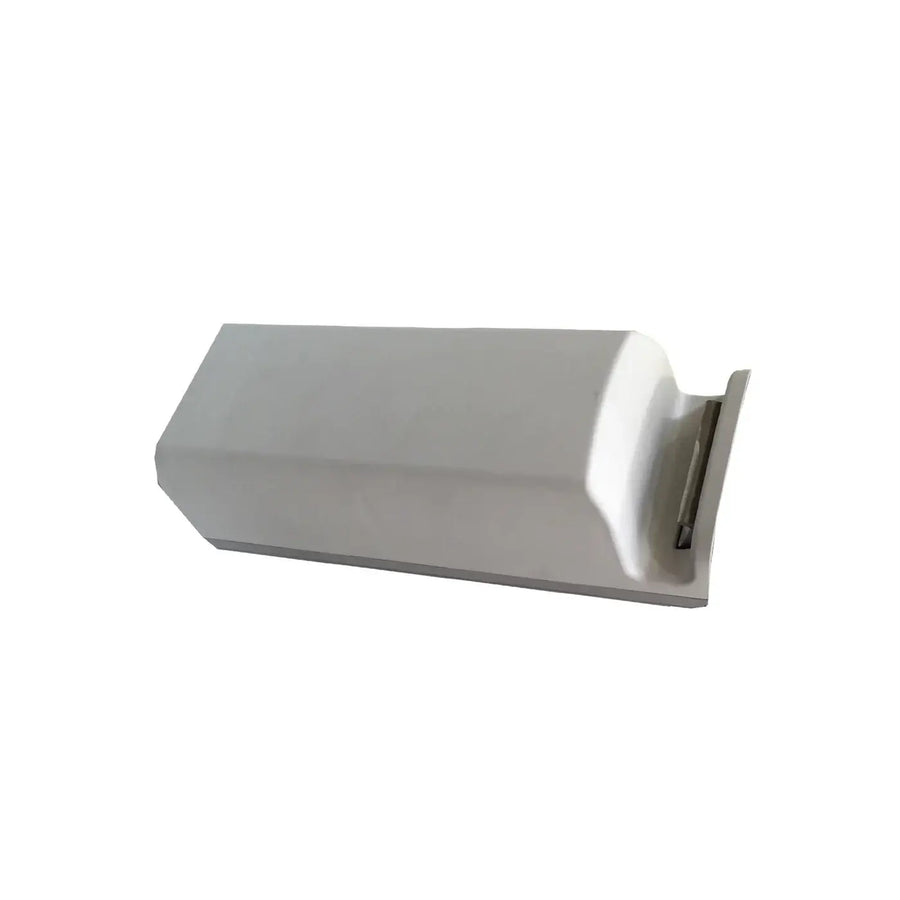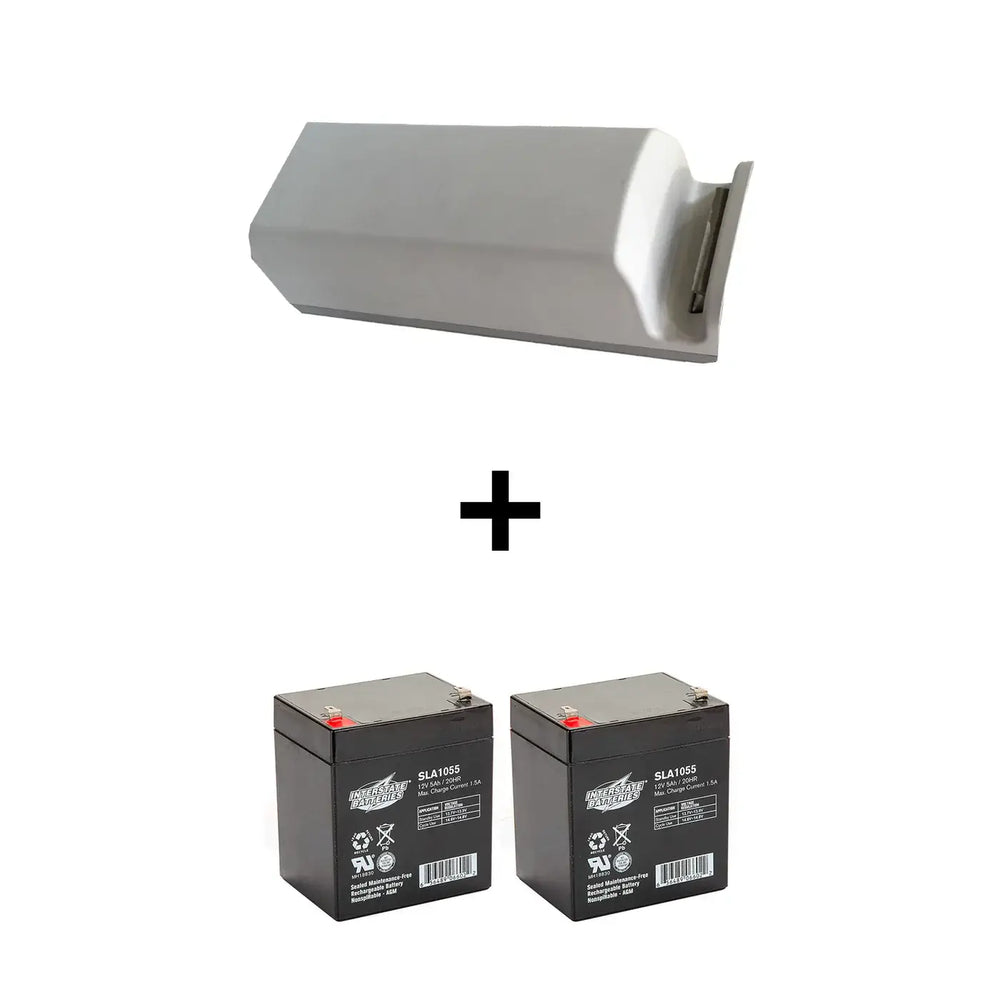How Do You Determine What Type of Sling to Use? Patient Lift Sling Types Explained
A patient lift sling must match the person, the task, and the equipment. Using the wrong type can lead to discomfort, unsafe transfers, or injury. That’s why sling selection should always be based on the patient’s condition, the kind of lift being used, and the purpose—whether it’s for toileting, bathing, or moving from bed to wheelchair.

Some slings offer full-body support. Others are designed for sitting, standing, or hygiene. Materials like mesh, polyester, or solid fabric also affect comfort and safety. This guide breaks down the different sling types and how to choose the right one for your setup.
Common Sling Types for Everyday Lifting
Each sling type has its own purpose. Knowing the differences helps ensure comfort and safety.
1. Full Body Sling
A full-body sling supports the patient from the shoulders to the knees or feet. It’s used when the person cannot move on their own. This body lift sling helps with full lifts from bed to wheelchair, or even while lying flat. It works best with a full-body lift or a hoyer lift. Some versions come with head support, while others are designed without head support for patients with better upper body strength.
2. Toileting Sling
Designed for bathing and toileting, a toileting sling comes with a commode opening for hygiene tasks. It allows caregivers to clean or change patients without removing the sling completely. These are ideal for toilet transfers, quick dressing, or shower use. You’ll also find mesh commode options, which dry quickly and offer better airflow.
3. Sit-to-Stand Sling
This type works with a sit-to-stand lift. It supports the lower back and torso for patients who can stand with some assistance. A stand assist sling is ideal for short transfers or walking exercises. It promotes movement while maintaining a secure and steady process.
4. Hammock Sling
A hammock-style sling gives a seated, slightly reclined position. It’s used for patients who need gentle lifting with full support. Some mesh or polyester versions are made for longer transfers or resting in the sling itself. These help reduce pressure points and are useful for patients who need extended support.
5. Bariatric and Specialty Slings
Bariatric slings support a higher weight capacity, often up to 600lb. They are wider, stronger, and designed for heavier patients. Other specialty slings may include extra padding, added back support, or even a sling with lower back features. These focus on comfort during lifting or patient moving in reclined or supine positions.
Choosing Based on Material and Use
The material of the sling matters just as much as the design. It affects how the sling performs in wet conditions, its breathability, and its durability.
1. Mesh Sling
A mesh sling is light and fast-drying. It’s perfect for bathing and showering or for use in wet areas. Lift slings with mesh types allow water to drain easily and reduce heat buildup. These are ideal for hygiene tasks or transfers after bathing.
2. Polyester Sling
Polyester is smooth, soft, and easy to clean. Many top brands like Drive Medical, Invacare, and Molift use polyester mesh fabric in their slings. It’s strong enough for daily use, and when combined with mesh, it offers both comfort and breathability.
3. Solid Fabric Sling
A solid fabric sling is best for transfers where water isn’t involved. It supports the patient evenly and doesn’t stretch or sag. These are commonly used for bed to wheelchair transfers and are often found in patient aid products.
4. Padded Sling
Padded slings help reduce pressure, especially in areas like the back or thighs. This type is helpful for comfort for the patient, especially during longer lifts or when used frequently. Padding can also protect sensitive skin during a lift.
5. Disposable Sling
Used mostly in hospital settings, disposable slings are made for one-time or short-term use. They help prevent cross-contamination among multiple patients, especially during dressing and undressing or toileting tasks.
Matching Slings with Lifting Equipment
Not all slings work with every lift. Knowing what fits your device is important for safety and performance.
1. Hoyer Lift Slings
Hoyer lift slings are made to work with hoyer systems. They come in different shapes and styles, including full body, toileting, or mesh types. Always choose a sling for transfer that matches the model of your hoyer lift.
2. Sit-to-Stand Lift Slings
These slings are only used with sit-to-stand devices. They wrap around the back and waist to help the patient rise without needing full support. This type works well during ambulation or short trips to the toilet.
3. Drive Medical, Invacare, and Other Brands
Different brands use different attachment systems. Whether using Drive Medical, Invacare, or another brand, check if the sling style matches your patient lifting equipment. Using the wrong sling may cause slipping or make it harder to keep the patient in the right position.
4. Sling Size and Fit
Always measure before choosing. A sling too small may feel tight or uncomfortable, while a larger one may cause sliding. Slings are often available from small to extra large, and each size is tied to a weight capacity. A good fit improves support and reduces the risk of injury.
5. Positioning Needs
Some slings help with repositioning, while others are built just for lifting. If your patient needs to be turned or moved in bed, choose a sling made for supine position use. These allow safe patient handling even during difficult movements.
Sling Support That Works for Every Move
Every lift sling serves a purpose. It may be for bathing, toileting, or a safe patient transfer. Knowing the correct sling size, task, and material helps protect both patients and caregivers. Whether you need a mesh commode sling, a bariatric option, or a sling without head support, always focus on comfort and safety.
Need help choosing the right sling? Reliable Ramps can help. Call us now to speak with a specialist. We will make sure your sling works with your patient lift, hoyer, or stand assist device. The right support makes every transfer safer and easier for everyone involved.






